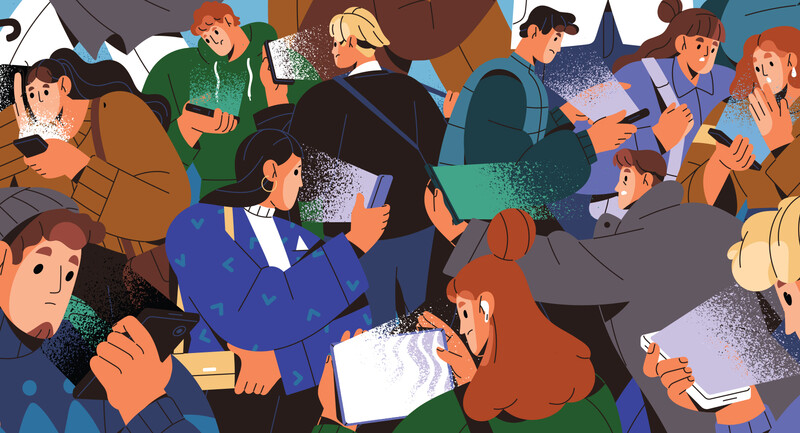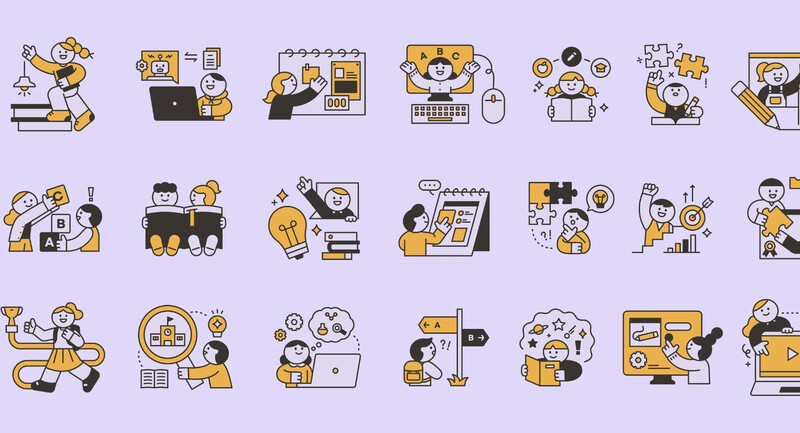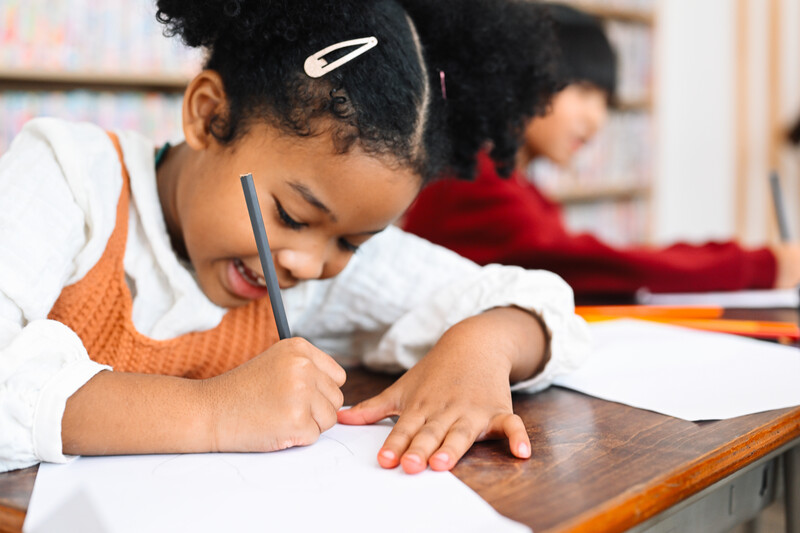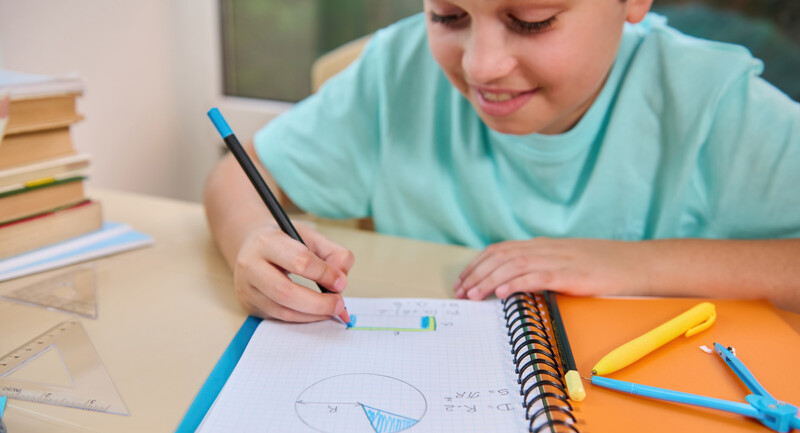Teachers often view student failure as something to be avoided. Whether they're attempting to match texts to readers' skill levels (not too hard, not too easy), or frontloading copious amounts of information in advance of a task, teachers use various strategies to try to spare their students too much struggle.
But what if we're wrong? What if struggle is an inherent part of learning, and removing it interferes with mastery?
Mathematics researcher Manu Kapur (2016) has developed the theory of productive struggle—the idea that attempting to perform a task and initially failing can improve learning. Productive struggle, as Kapur envisions it, occurs in two phases. First, students are given a problem or task that they probably can't solve, and they're encouraged to speculate about possible solutions and experiment. Next, after their initial failed attempts, they receive instruction that will assist them in successfully completing the task, and they are encouraged to try again. In Kapur's studies, students scored better in conceptual knowledge if they were taught in a productive struggle condition than if they were taught conventionally. Giving students opportunities to fail forward resulted in deeper learning.
Of course, there's also unproductive struggle, in which students don't receive instruction and reflection time to help them overcome their initial failures. Kapur found that in those cases, students may simply learn avoidance. But productive struggle can prime students for subsequent instruction by making them more aware of their own knowledge gaps and more interested in filling in those gaps.
The benefits of failing forward are also implicit in Carol Dweck's work, which encourages learners to view struggle as a necessary part of learning and growth. When she encounters a student whose first attempt at a task is rapid and perfect, Dweck says, "Whoops! I guess that was too easy. I apologize for wasting your time. Let's do something you can really learn from!" (2006, p. 173).
In the video that accompanies this column, you'll see kindergarten teacher Gina Booth apply the productive struggle strategy as she works with a small group of math students. Ms. Booth poses a problem she knows her students will struggle with, letting them try and fail and then teaching them how to use a mathematics tool they know (the ten frame) to try to solve a similar problem. The students then return to the original problem and solve it with greater understanding.
The Danger of Too Much Success
Without question, everyone enjoys success. It feeds our sense of accomplishment and our self-esteem. But uninterrupted success can quickly turn into boredom if it's not punctuated with challenge. Although we know at our core that it's human nature to seek challenge, some of our instructional practices inadvertently overvalue success instead of allowing challenge and failure to occur.
One example of ensuring success is the decades-long practice of confining young readers' experiences to a narrow range of texts that are on their "level." First proposed by Emmett Betts in 1946, "leveled reading" theory holds that young students should be taught using texts at their instructional level (Pondiscio, 2014).
Mounting evidence, however, suggests that children actually learn more when working with texts at what Betts called the frustrational level—if, after their initial attempts, they are provided with prompts, cues, and corrections (O'Connor, Swanson, & Geraghty, 2010; Shanahan, 2014). In other words, the students are allowed to fail first, and then are given instruction and scaffolds.
There's a difference between performance and learning (Kapur, 2016). Initial performance success is not the same as long-term learning. Anyone who has worked with students using flashcards to memorize terms knows that early performance success doesn't mean they'll still know those same terms two days later. We don't want students to mainly tackle tasks in which they are already fluent; we want them to move in the direction of fluency through a range of tasks that include struggle, strategic thinking, and stamina building.
Failing Forward with Support
Of course, students need to experience a full range of learning tasks, including those that offer them initial success. But experience and research show that a reluctance to allow students to struggle can inhibit learning. By using productive failure judiciously, we can maximize learning—if we create the conditions that allow students, and ourselves, to fail forward.
EL Magazine Show & Tell / May 2017








